Sixty paintings from the Boston-based Museum of Bad Art (MOBA) are currently on display at the Huashan 1914 Creative Park. Created not by acclaimed artists but ordinary people, these works boast oddities, absurdities or simply ugliness — qualities that are equally as eye-catching as exquisite fine art.
The museum numbers more than 600 pieces in its permanent collection, many of them purchased from thrift shops, yard sales and secondhand stores. Part of the collection was donated by its creators, while some were retrieved from rubbish bins.
To be accepted by MOBA, the work must be original, have had no prior appearance in a museum or gallery, and possess a certain attention-grabbing quality.

Photos Courtesy of Kuan Hung Arts
For example, Mama and Babe — a half-length portrait of two females with rigid facial contours — screams contrasting colors of red and green. Its title suggests that the figures are mother and daughter, and the explanatory panel indicates that the mother is a parody of a former US first lady.
Poor execution of artistic expression doesn’t guarantee a ticket to MOBA’s collection. Pablo Presley was selected for showcasing a version of Elvis Presley that’s different from the typical Elvis-in-black-velvet portraits found in many souvenir shops, says the exhibition catalog. The creator of this painting, Bonnie Daly, had taken another approach, interpreting the King of Rock ‘n’ Roll in the style of Pablo Picasso.
Some paintings look like nothing special until closer examination. Red Rose Serenade features a piano keyboard with incorrectly arranged keys — an oddity that begs an observant eye to detect it.
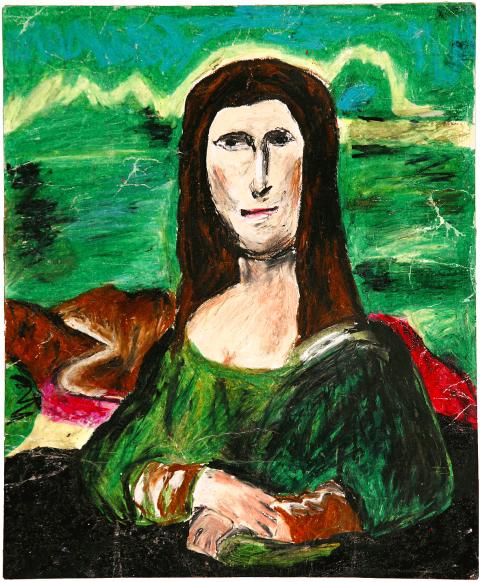
Photos Courtesy of Kuan Hung Arts
The exhibition includes several imitations of masterpieces. Badminton Anyone? vaguely resembles 18th-century French painter Jean-Baptiste-Simeon Chardin’s Girl with Shuttlecock in terms of composition. But Badminton Anyone? features a boyish-looking woman and a modern-day racquet that stray from the original big-time, and its far-from-competent technique evokes a smile.
Even though MOBA seems to imply there’s a such thing as “bad art,” its underlying message calls for an open-minded spirit in art appreciation. By showing ordinary paintings that were never meant to enter fine art museums or to be displayed in public, MOBA questions what qualifies as art. Amateur artists may lack the sophisticated drawing skill of professionals, but the value of their works isn’t necessarily lesser.
That being said, many of the explanatory panels in this exhibition illuminate not only how MOBA acquired the work but also provide art commentary, which either leads or limits the viewer’s mind. Instead of including commentary on the panels, curators should have set up a separate section for such information to avoid explaining too much on the spot.

Photos Courtesy of Kuan Hung Arts
Another problem is that the 60 paintings are categorized into 11 sections based on confusing, often capricious criteria. For instance, paintings in the Poker Area don’t really have anything to do with the card game, but are simply presented on large poker cards. Other sections such as the Furnace Area, Bed Area and Spider Net Area are home to paintings that would otherwise have been burnt, hidden under the bed or covered by a spider net, but the value of grouping paintings in this way was lost for this reviewer. Without this extra layer of meaning imposed on the paintings, MOBA’s message might have been more accessible.
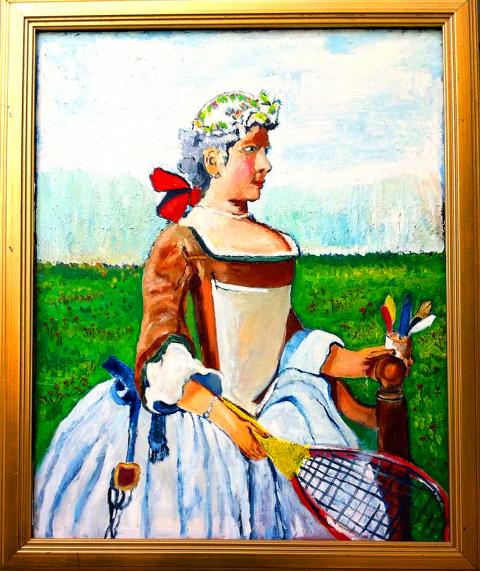
Photos Courtesy of Kuan Hung Arts
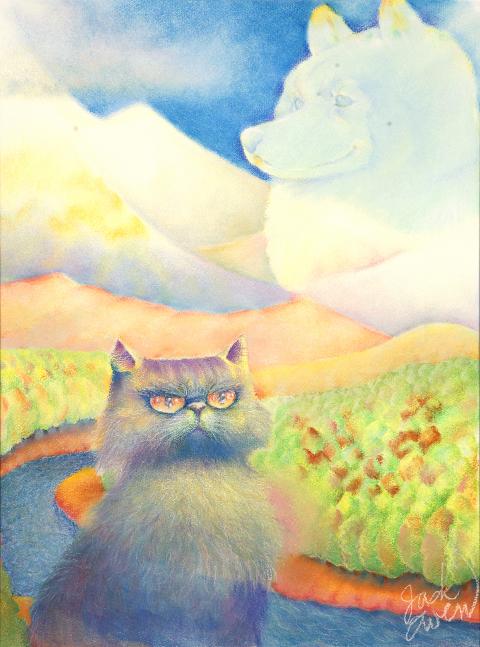
Photos Courtesy of Kuan Hung Arts
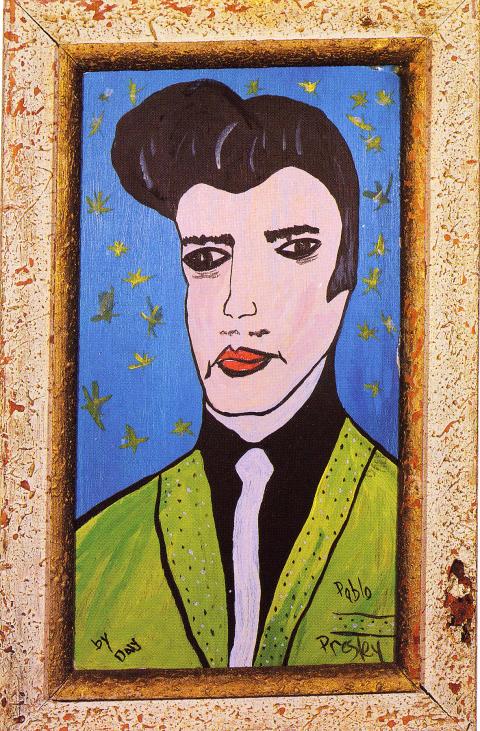
Photos Courtesy of Kuan Hung Arts

That US assistance was a model for Taiwan’s spectacular development success was early recognized by policymakers and analysts. In a report to the US Congress for the fiscal year 1962, former President John F. Kennedy noted Taiwan’s “rapid economic growth,” was “producing a substantial net gain in living.” Kennedy had a stake in Taiwan’s achievements and the US’ official development assistance (ODA) in general: In September 1961, his entreaty to make the 1960s a “decade of development,” and an accompanying proposal for dedicated legislation to this end, had been formalized by congressional passage of the Foreign Assistance Act. Two

Despite the intense sunshine, we were hardly breaking a sweat as we cruised along the flat, dedicated bike lane, well protected from the heat by a canopy of trees. The electric assist on the bikes likely made a difference, too. Far removed from the bustle and noise of the Taichung traffic, we admired the serene rural scenery, making our way over rivers, alongside rice paddies and through pear orchards. Our route for the day covered two bike paths that connect in Fengyuan District (豐原) and are best done together. The Hou-Feng Bike Path (后豐鐵馬道) runs southward from Houli District (后里) while the
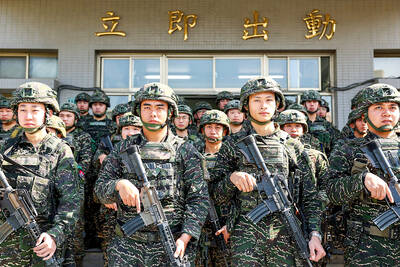
President William Lai’s (賴清德) March 13 national security speech marked a turning point. He signaled that the government was finally getting serious about a whole-of-society approach to defending the nation. The presidential office summarized his speech succinctly: “President Lai introduced 17 major strategies to respond to five major national security and united front threats Taiwan now faces: China’s threat to national sovereignty, its threats from infiltration and espionage activities targeting Taiwan’s military, its threats aimed at obscuring the national identity of the people of Taiwan, its threats from united front infiltration into Taiwanese society through cross-strait exchanges, and its threats from

March 31 to April 6 On May 13, 1950, National Taiwan University Hospital otolaryngologist Su You-peng (蘇友鵬) was summoned to the director’s office. He thought someone had complained about him practicing the violin at night, but when he entered the room, he knew something was terribly wrong. He saw several burly men who appeared to be government secret agents, and three other resident doctors: internist Hsu Chiang (許強), dermatologist Hu Pao-chen (胡寶珍) and ophthalmologist Hu Hsin-lin (胡鑫麟). They were handcuffed, herded onto two jeeps and taken to the Secrecy Bureau (保密局) for questioning. Su was still in his doctor’s robes at